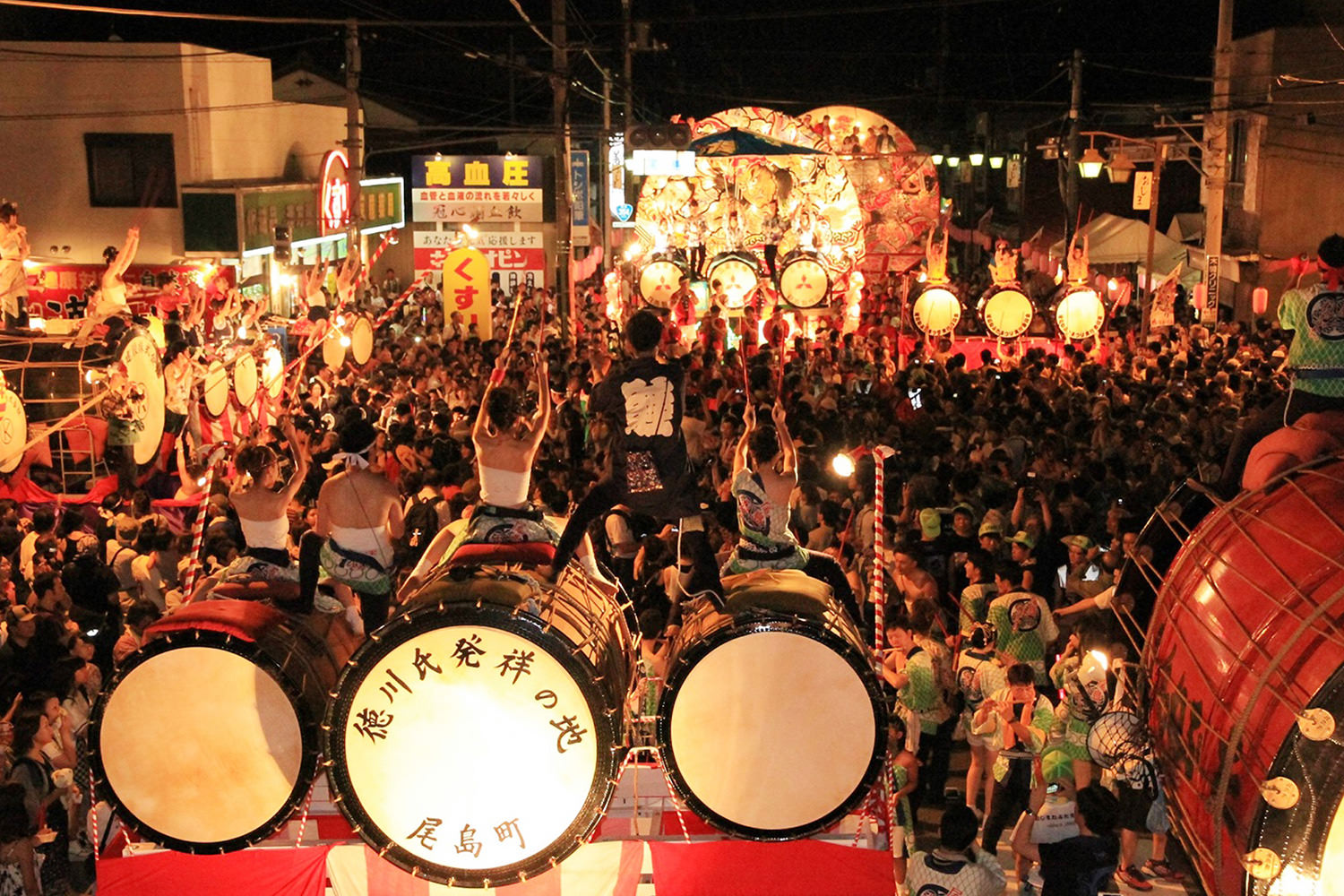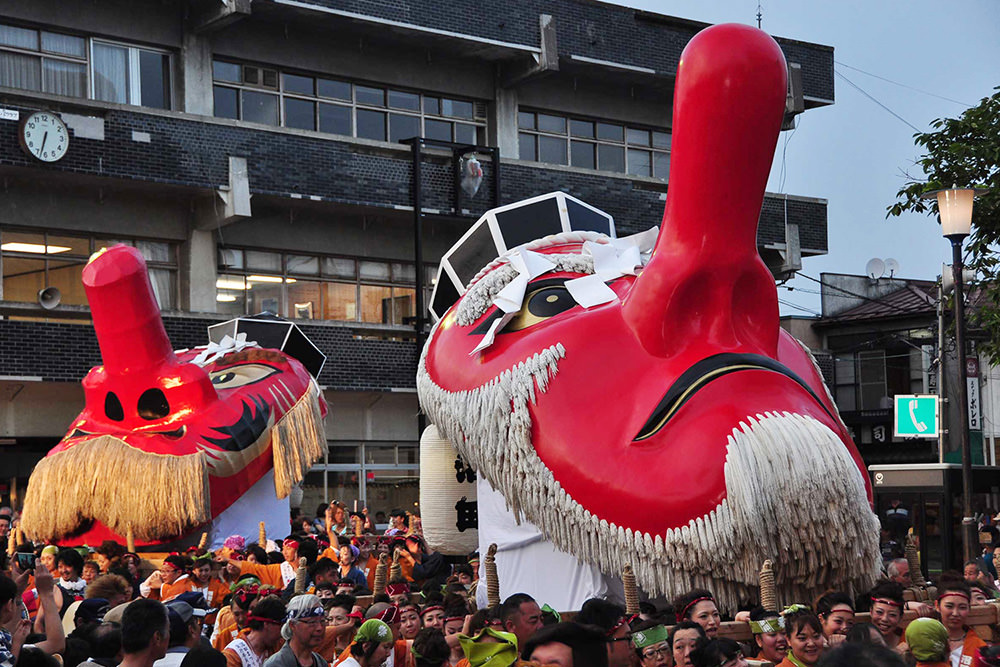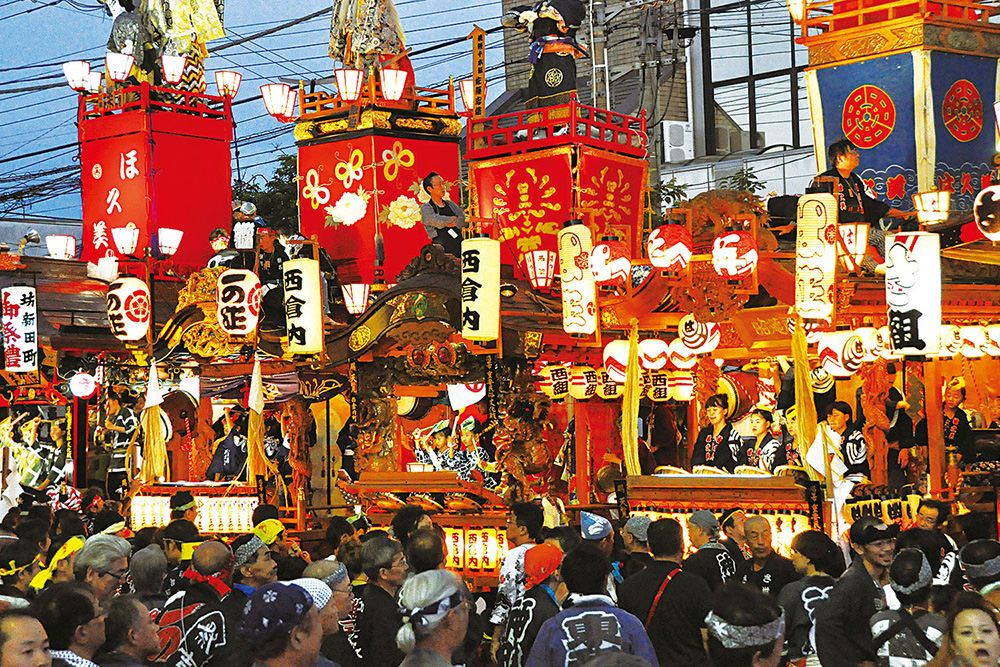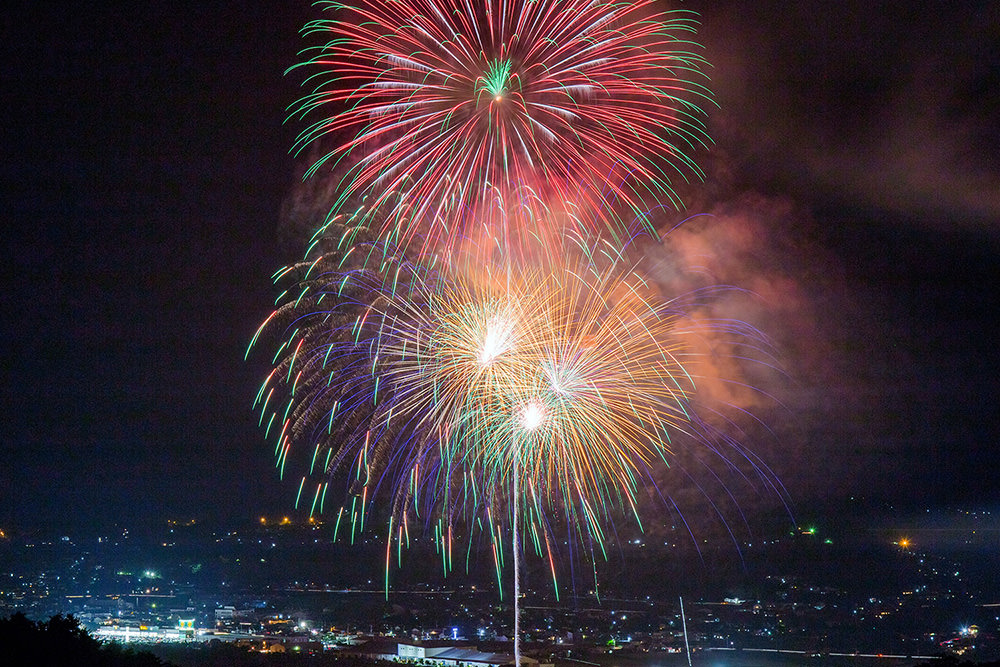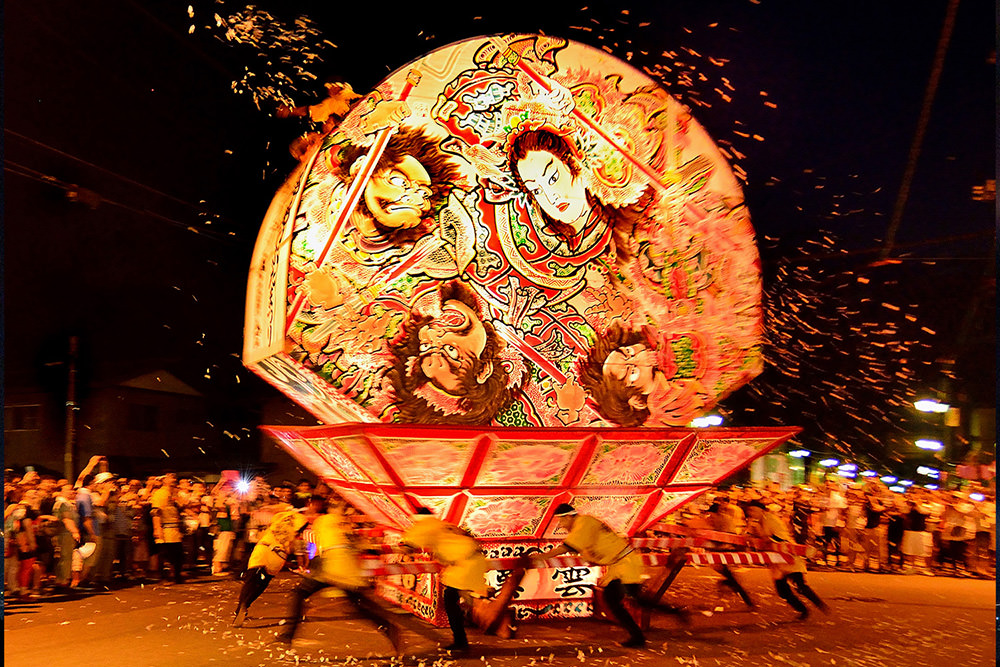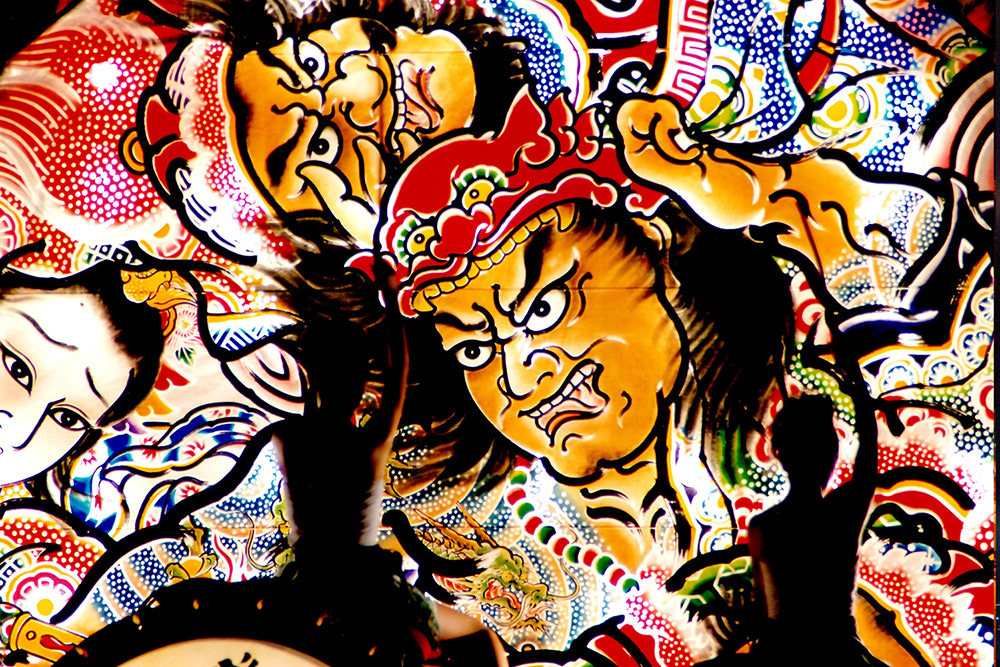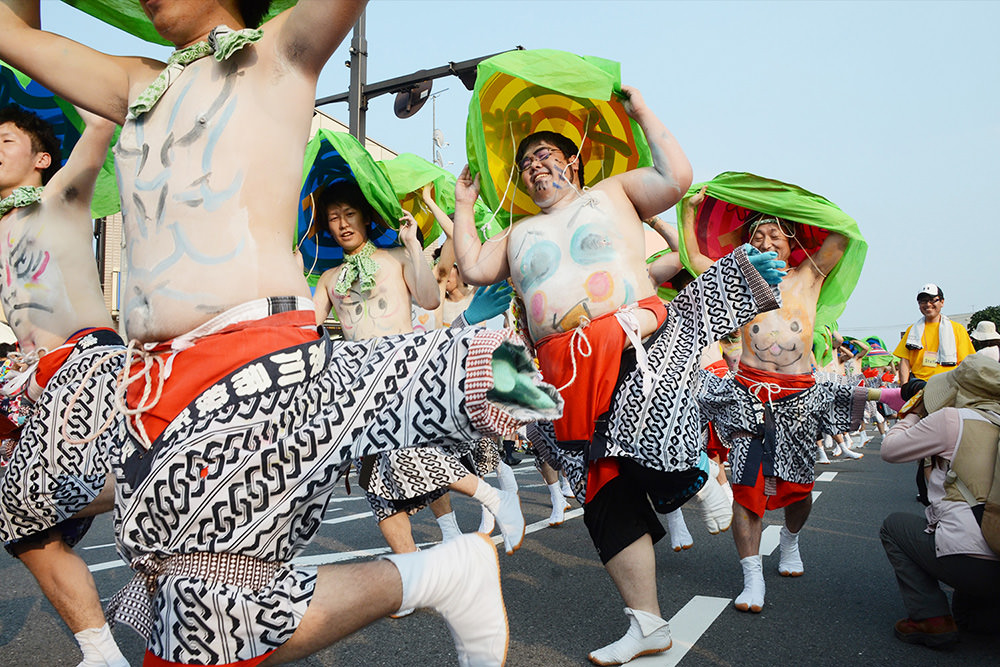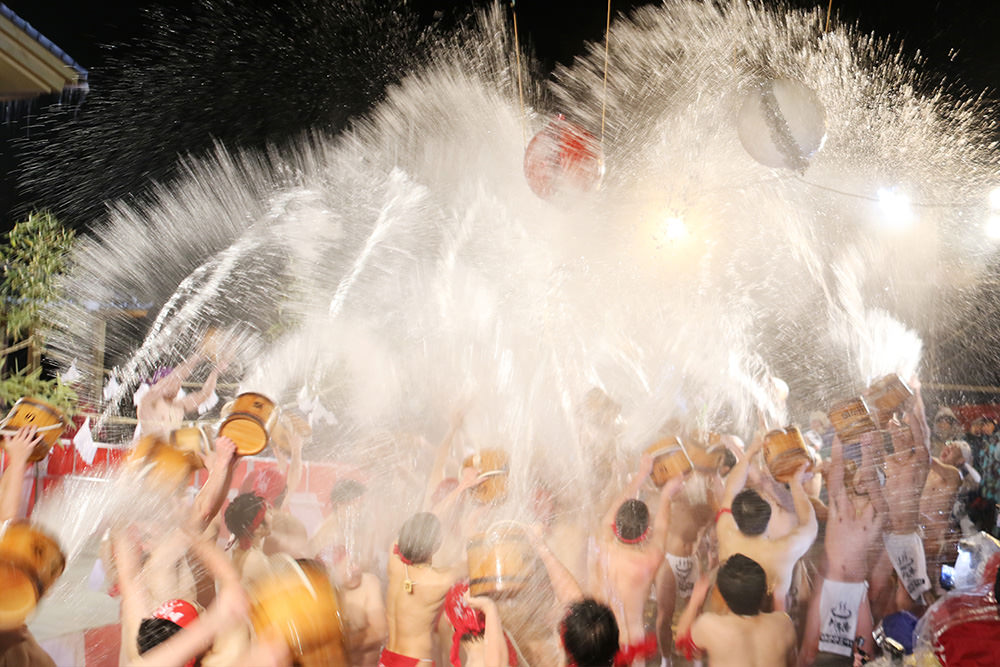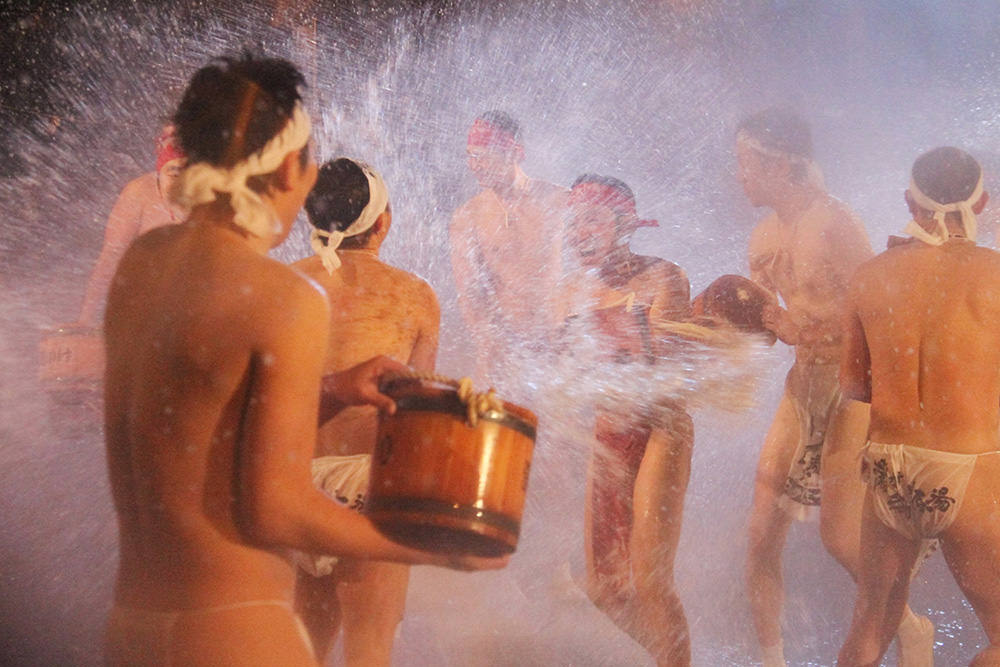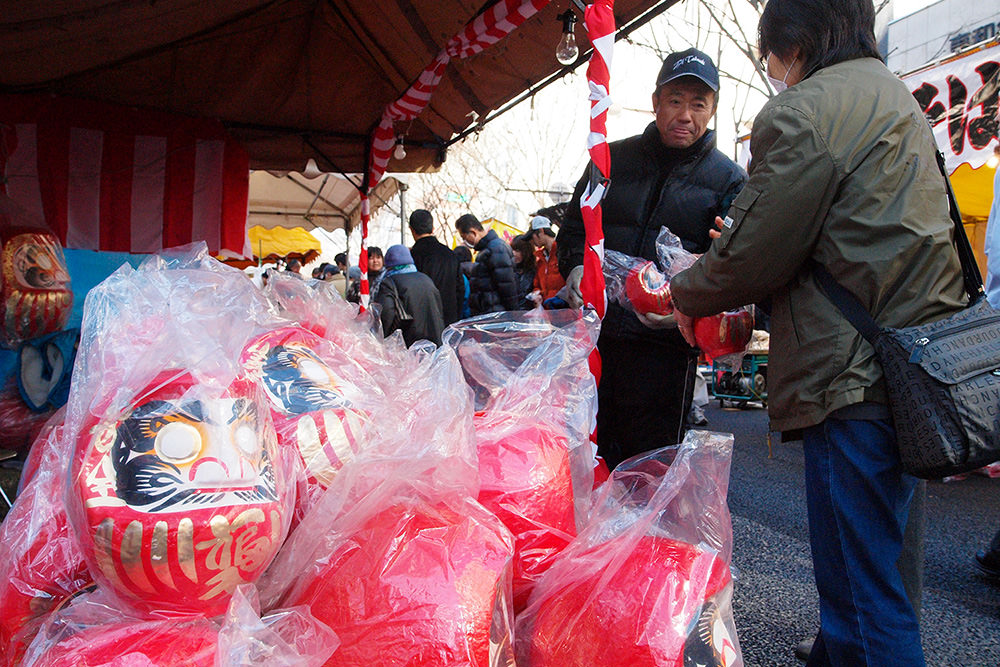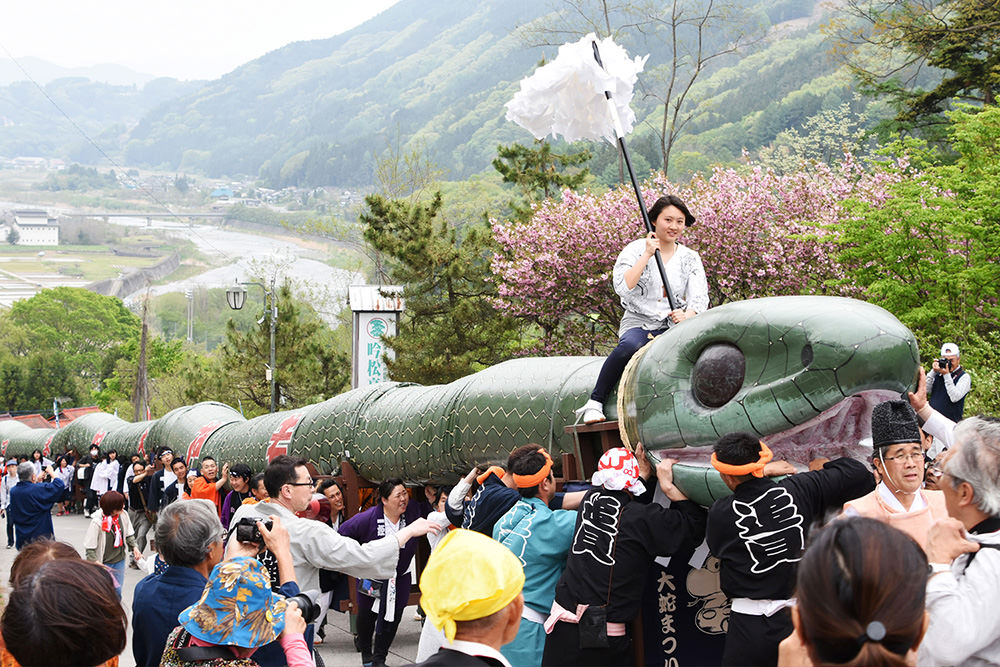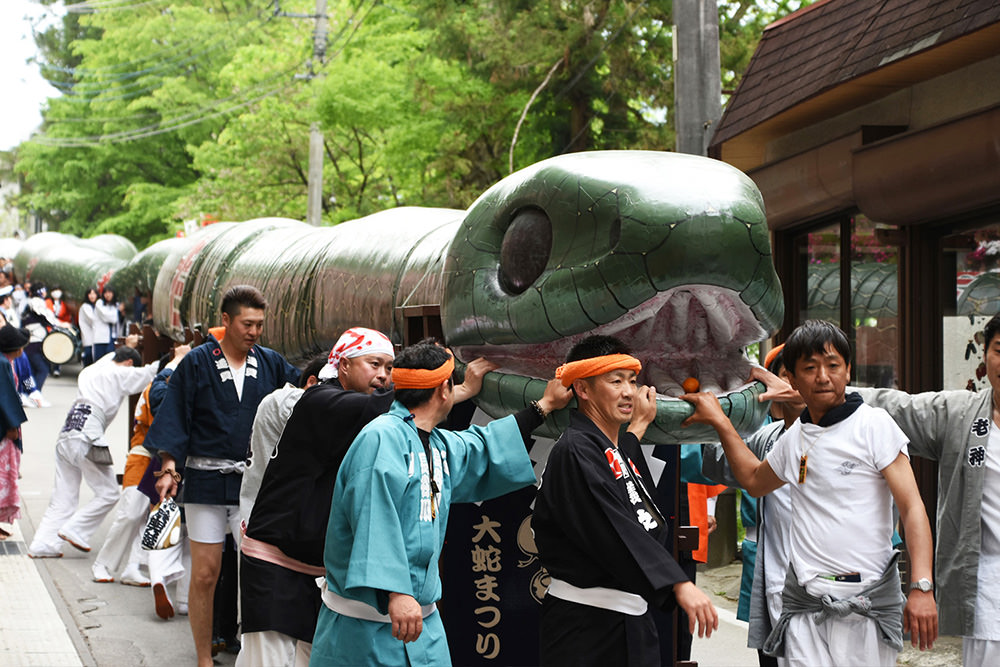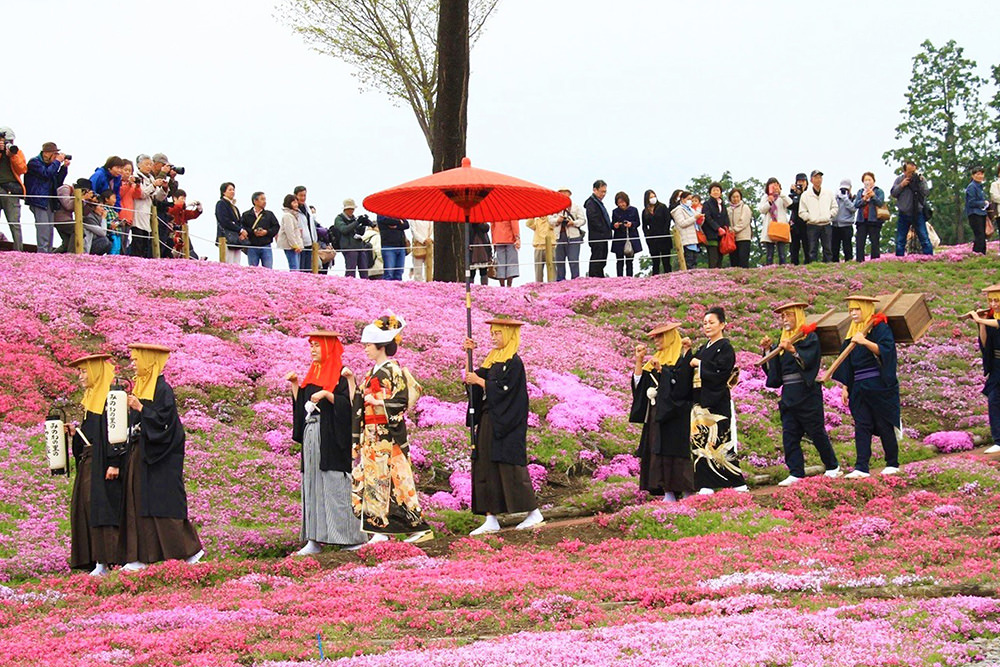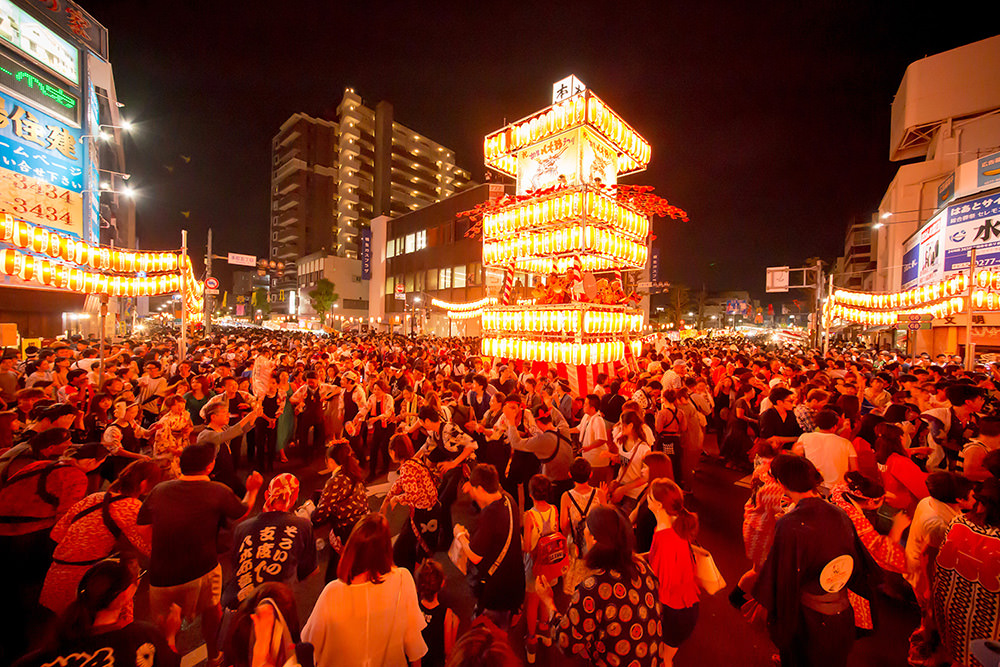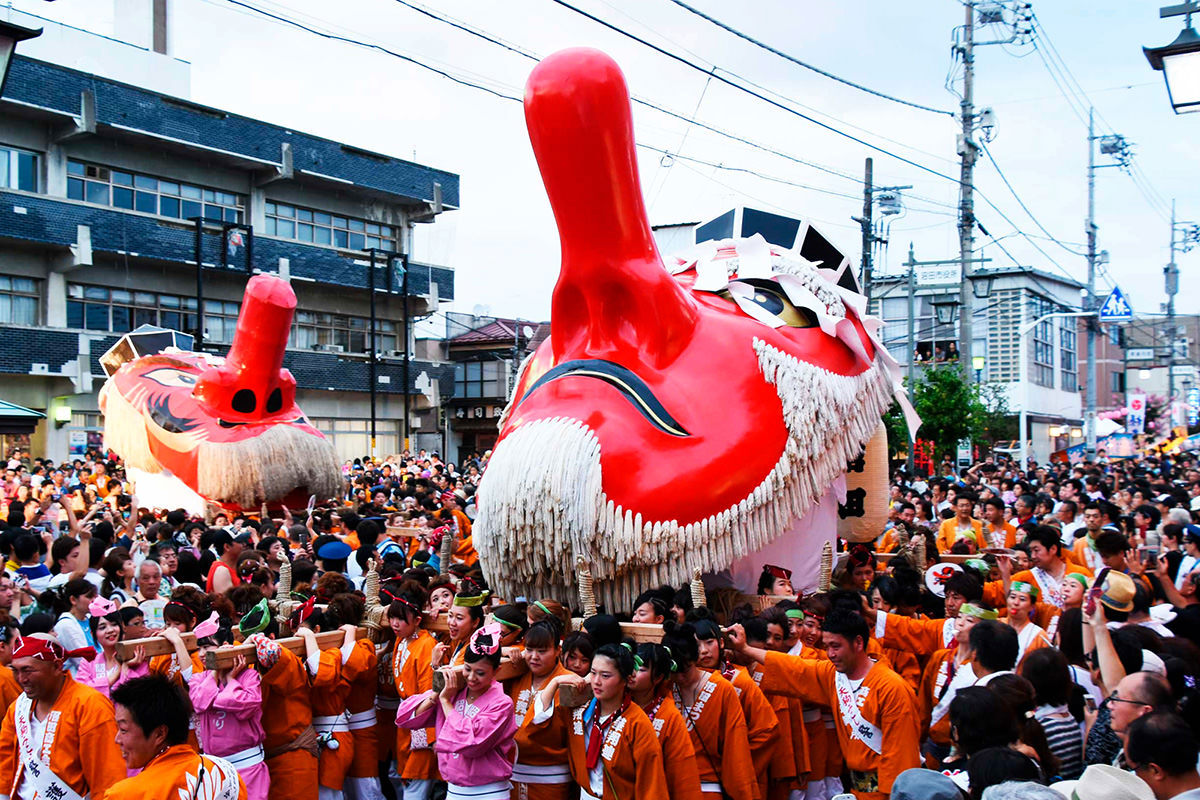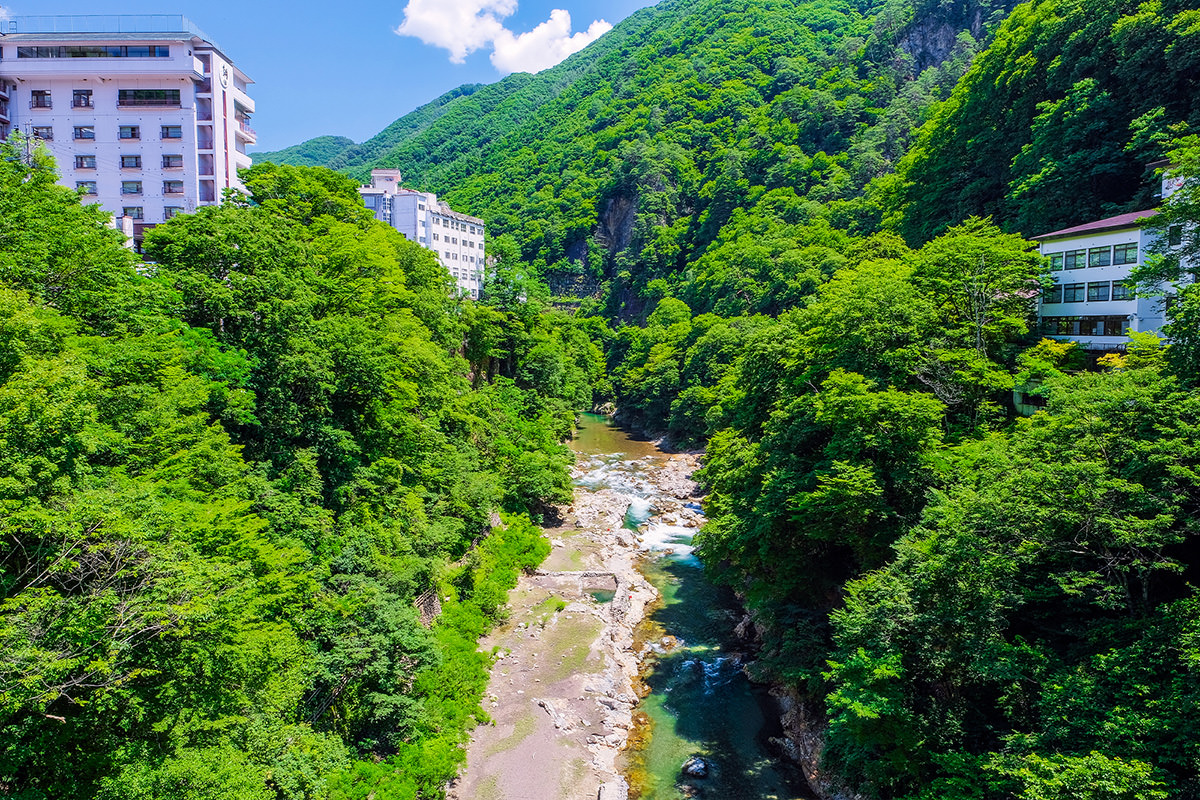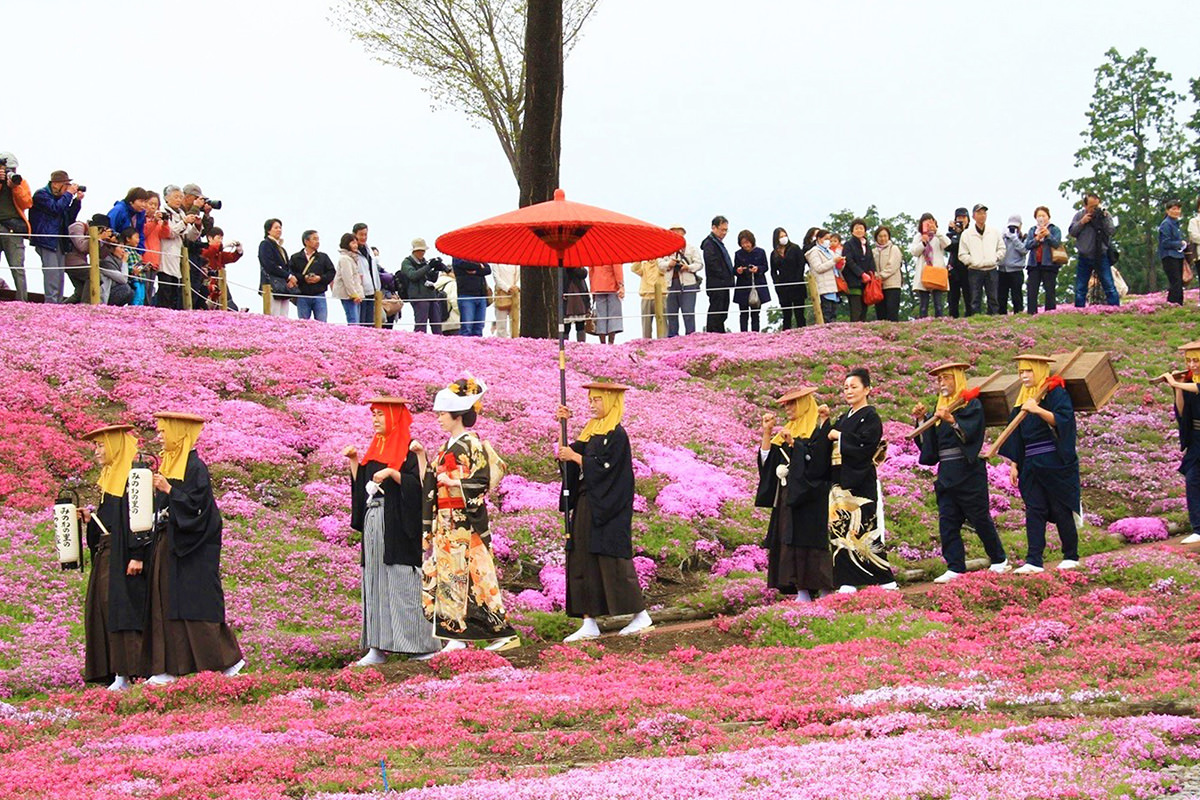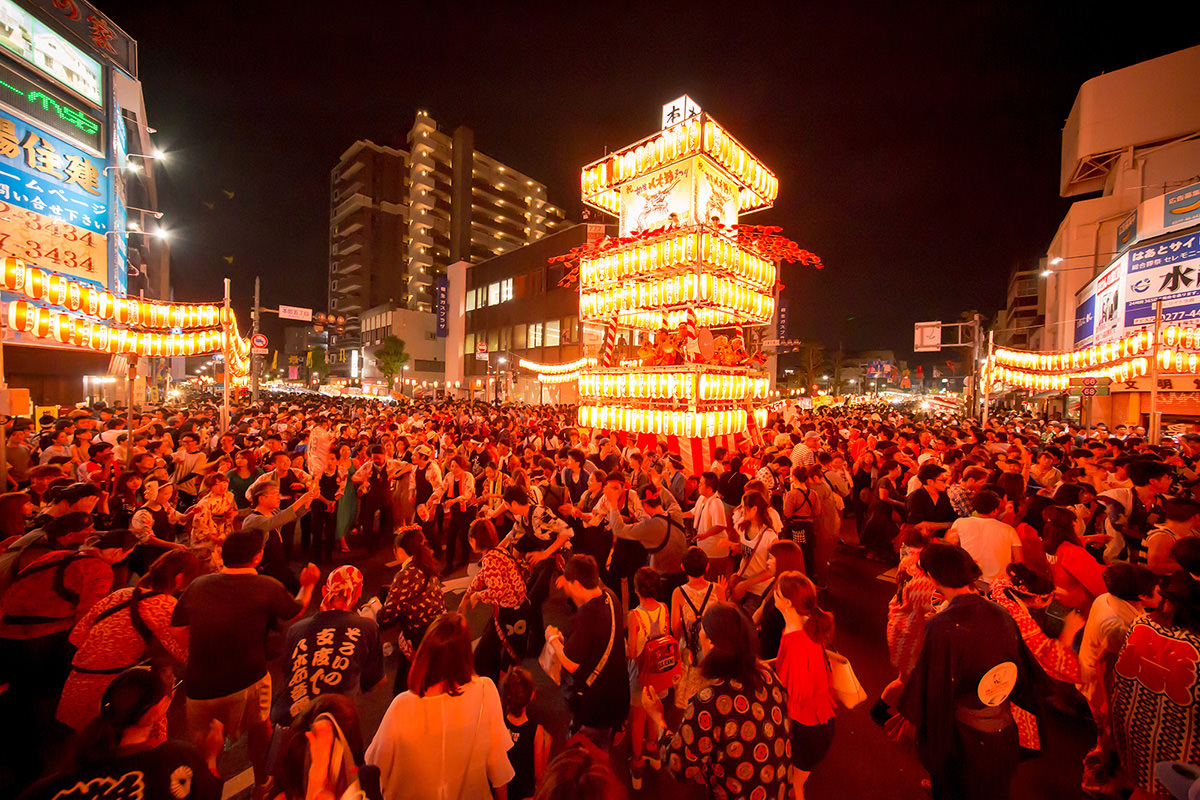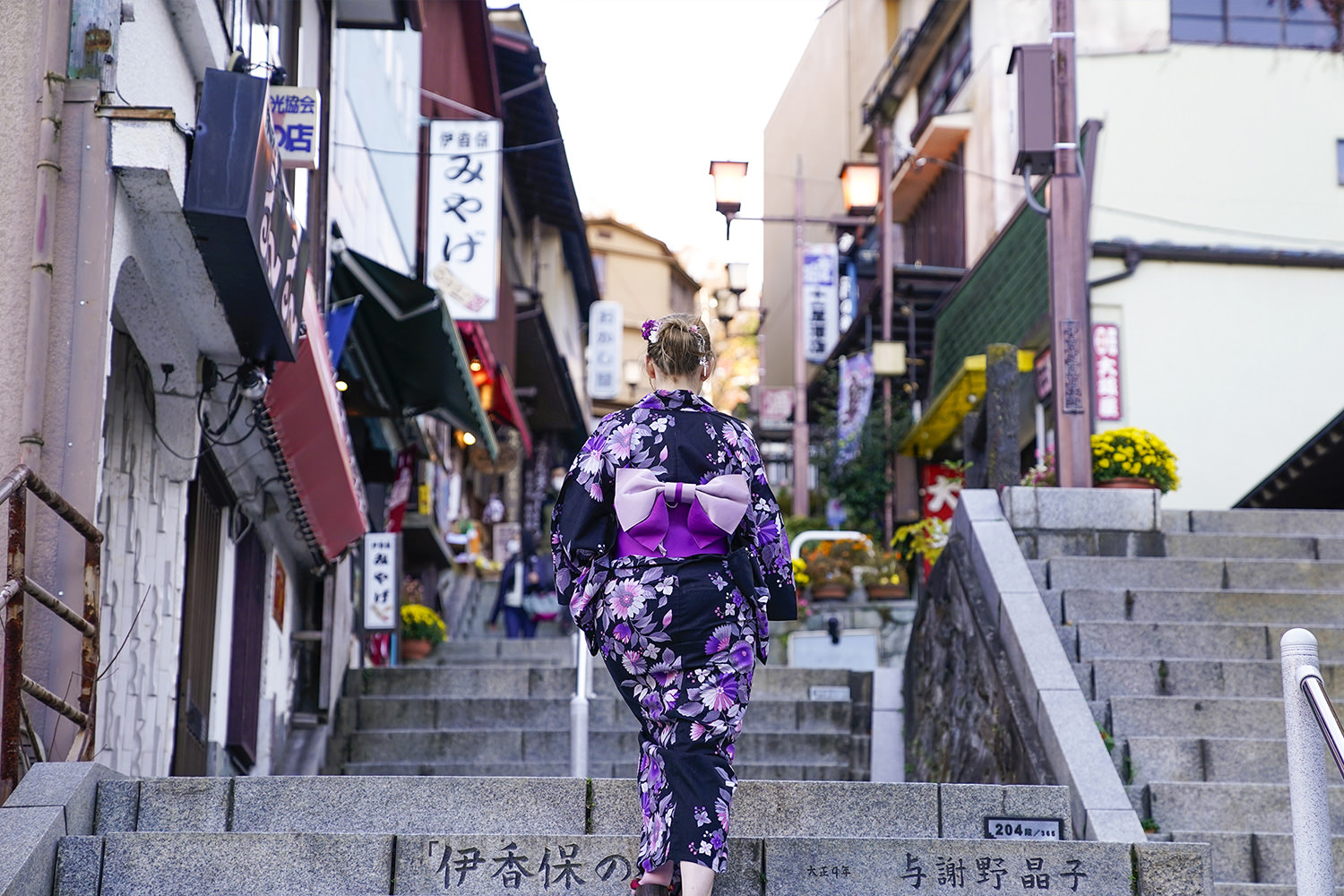
Build a custom itinerary using our Trip Planner. How to use
Festivals & Events
Ojima Neputa Festival
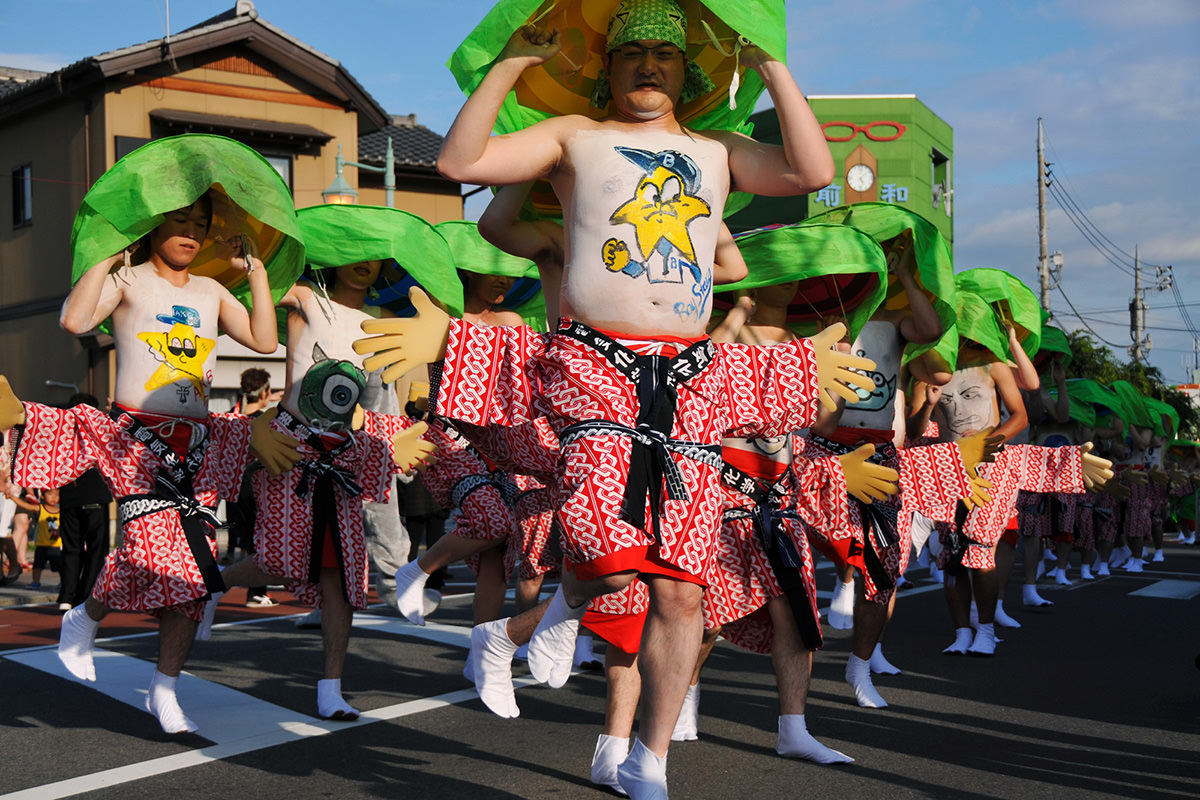
Build a custom itinerary using our Trip Planner. How to use
Festivals & Events
Shibukawa Heso (Navel) Festival
Ikaho

Build a custom itinerary using our Trip Planner. How to use
Festivals & Events
Kawarayu Onsen Yukake Festival
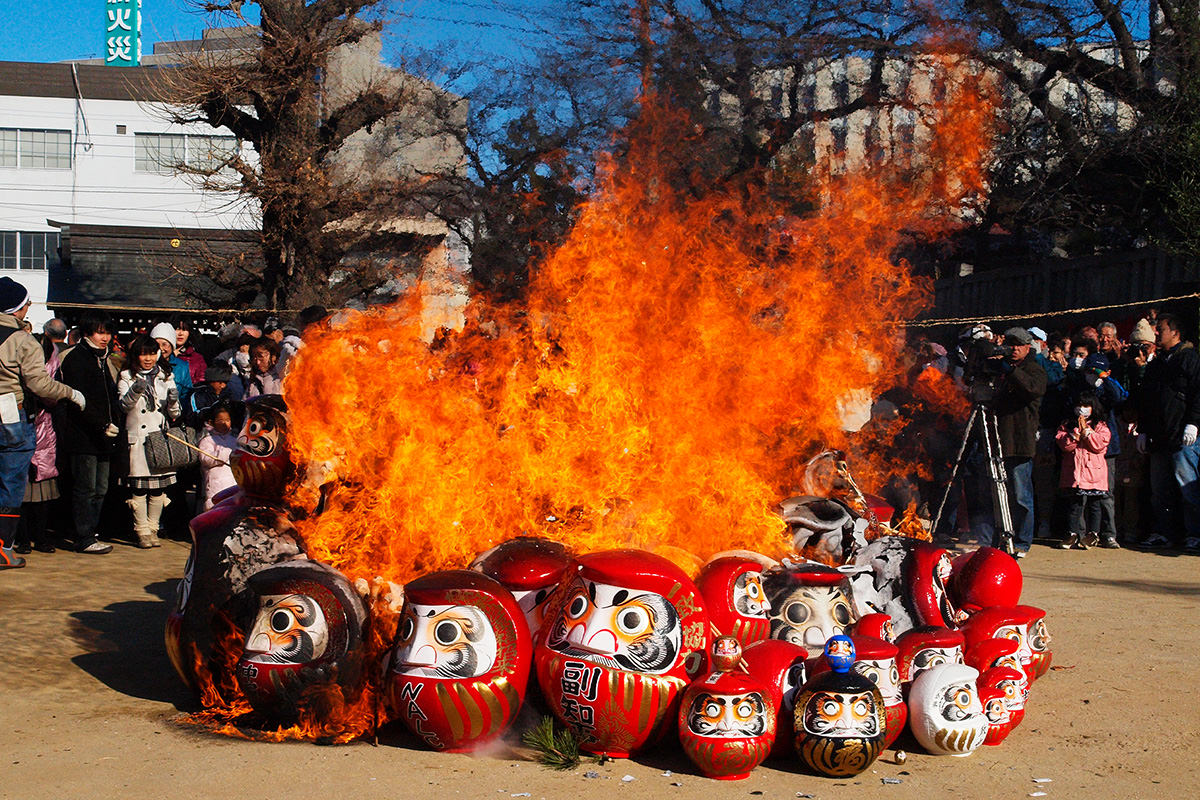
Build a custom itinerary using our Trip Planner. How to use
Festivals & Events
Maebashi Hatsuichi Festival
Gunma Gateway

Build a custom itinerary using our Trip Planner. How to use
Festivals & Events
Oigami Onsen Daija (Large Snake) Festival
Oze
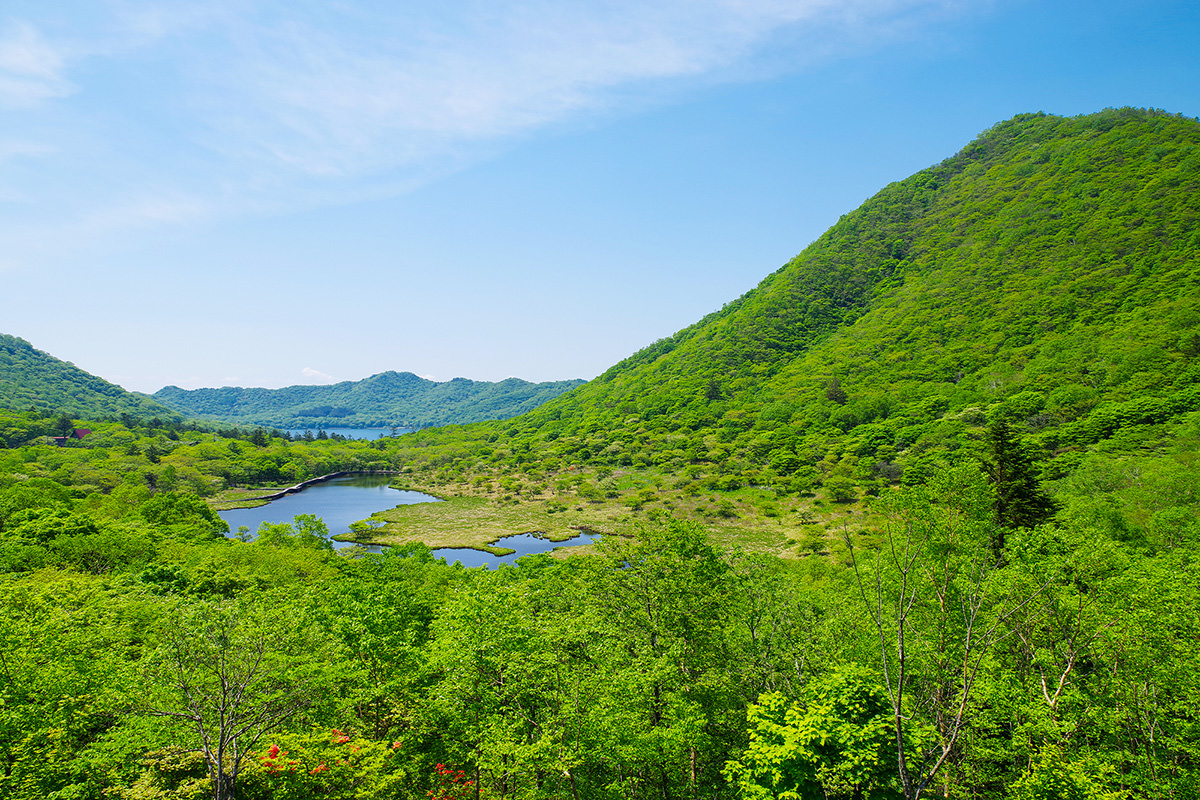
Build a custom itinerary using our Trip Planner. How to use
Nature & Outdoors
Mt. Akagi
Gunma Gateway
